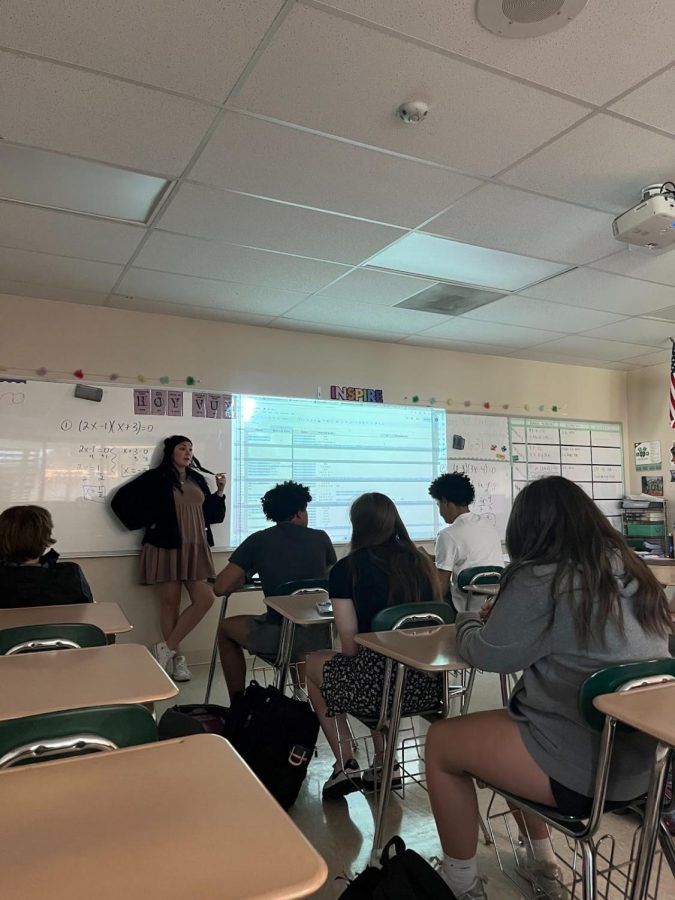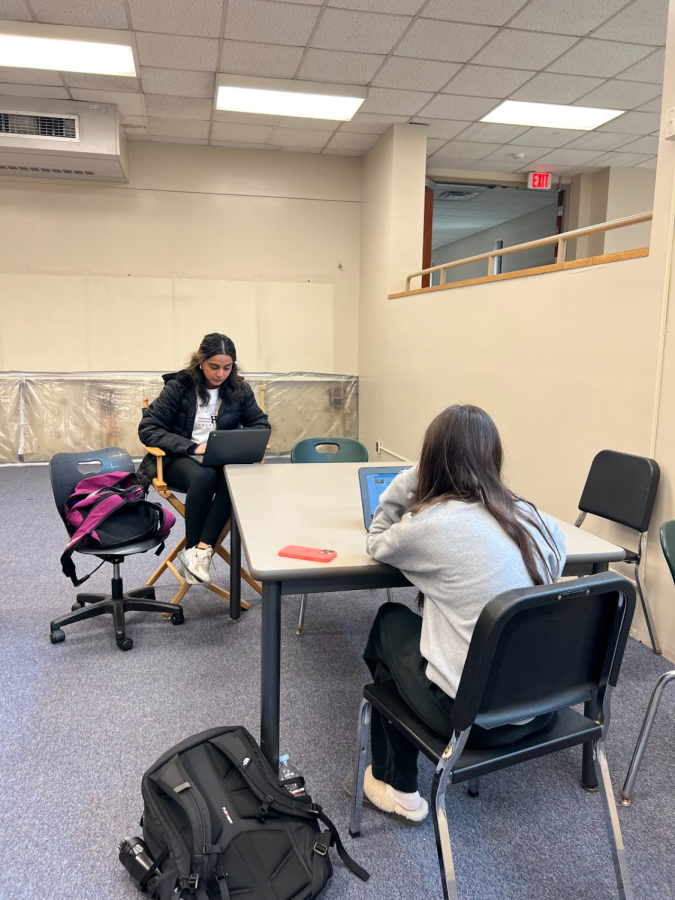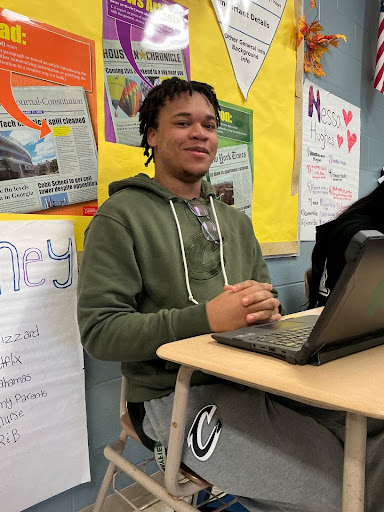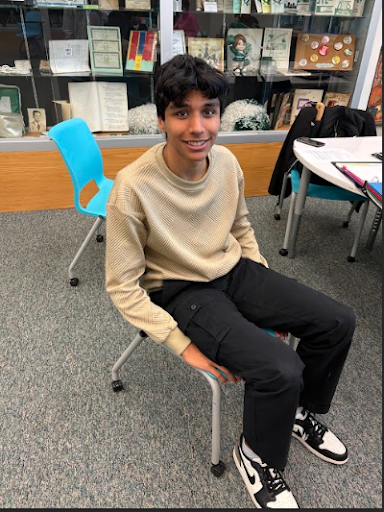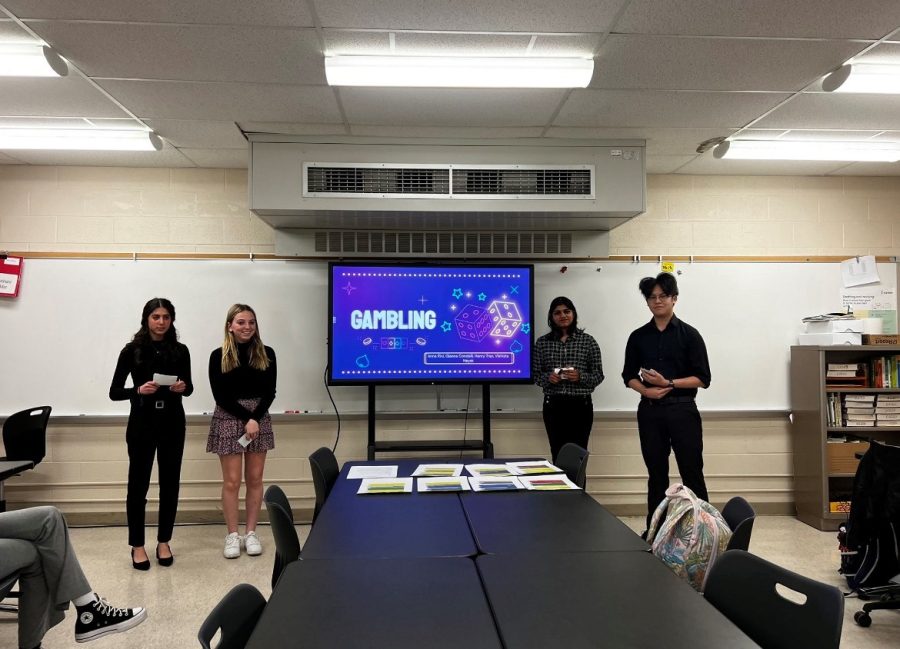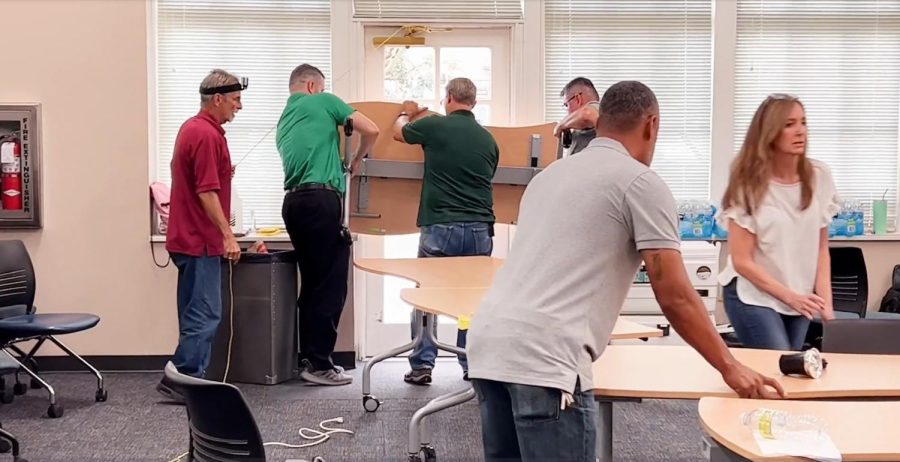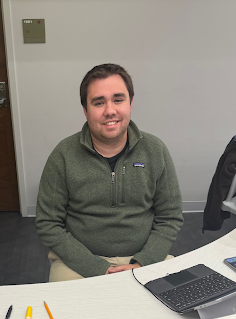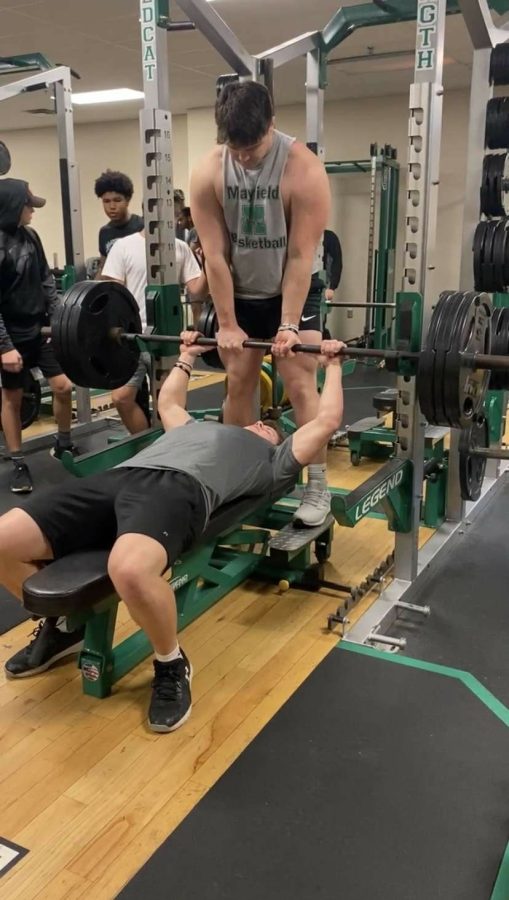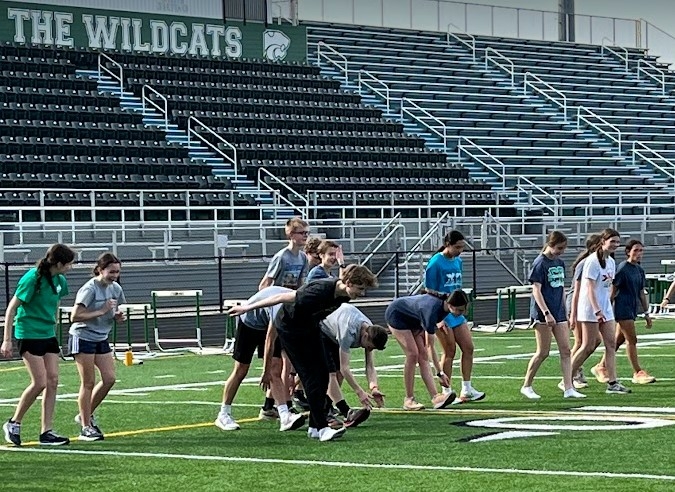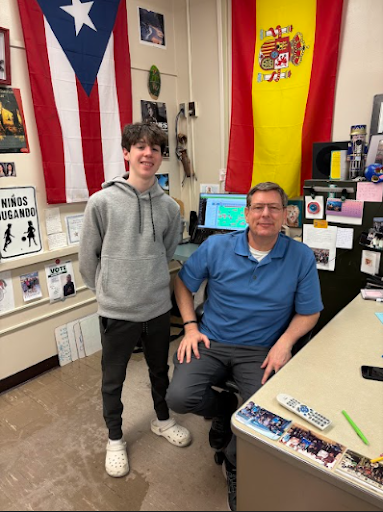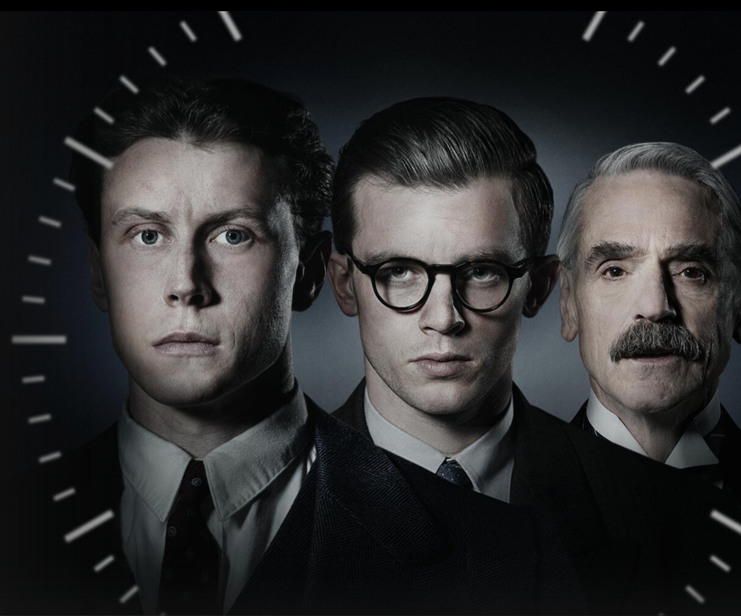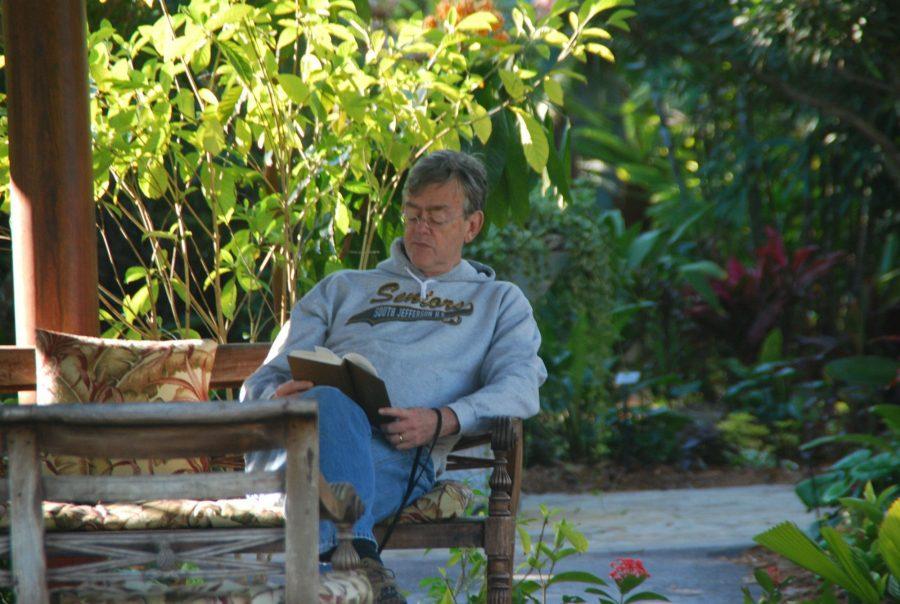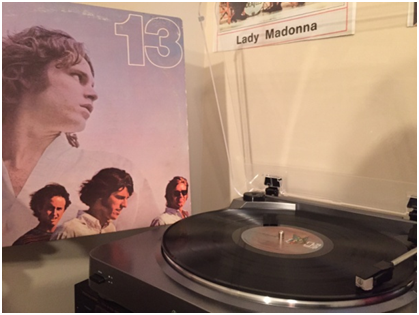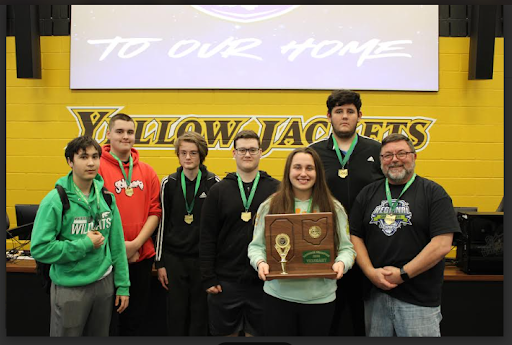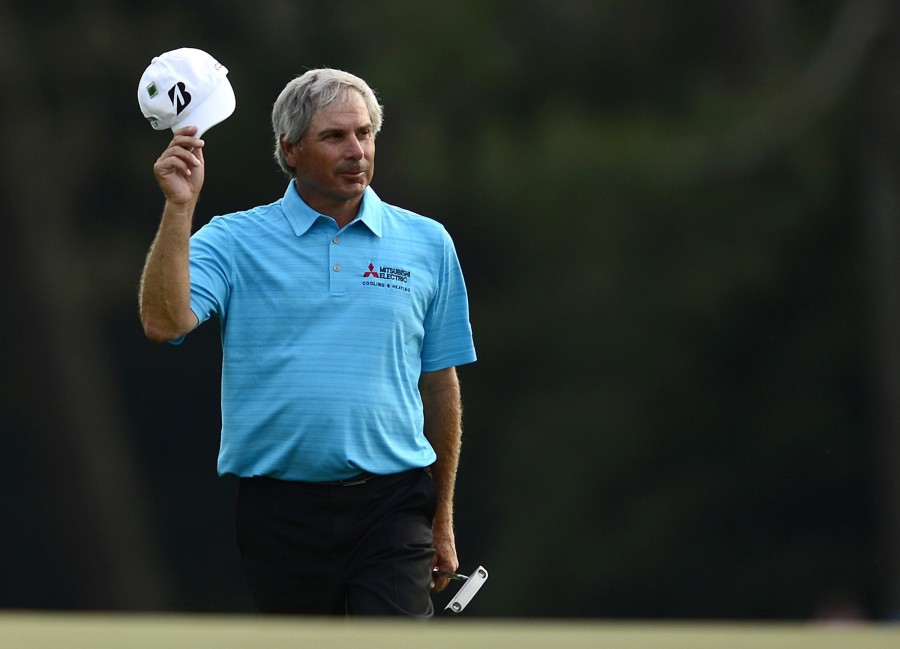Visualizing success critically important
Fred Couples acknowledges the cheers of the gallery as he walks onto the 18th green during The Masters golf tournament at Augusta National Golf Club in Augusta, Ga., Sunday, April 13, 2014. (Jeff Siner/Charlotte Observer/MCT)
April 16, 2015
In 1992, PGA golfer Fred Couples won the Masters Tournament – perhaps the most prestigious title in professional golf. After his final round, Couples did an interview with sports-broadcaster Jim Nantz.
What many did not know about this particular interview was that Couples and Nantz used to be roommates at the University of Houston in 1979. While there, the two men created professional goals and visualized achieving them. They acted out – and truly visualized – that Fred Couples had just won the Masters Tournament; Nantz would be honored with the task of interviewing the newly crowned golf champion.
Thirteen years later, both men fulfilled their dream.
After the actual interview, the two men were understandably emotional. What they had done was an achievement to be sure, but it was less a new experience and more the uncovering of a memory that had been created years earlier in a dormitory room by two guys with (what seemed like) delusions of grandeur.
What did these two roommates know that others didn’t? How did they see their success before it happened?
In the 1980s, Dr. Denis Waitely was the Chairman of Psychology on the U. S. Olympic Committee’s Sports Medicine Council; as such, Waitely was charged with increasing the performance of every athlete on the United States Olympic team.
Dr. Waitley borrowed a technique from NASA called Visual Motor Rehearsal, which was a fancy way of saying astronauts would visualize tasks in their minds and envision achieving the objectives.
According to Dr. Waitley:
“…we took Olympic athletes, and then hooked them up to sophisticated biofeedback equipment, and had them run their event only in their mind. Incredibly, the same muscles fired in the same sequence when they were running the race in their mind as when they were running on the track.”
Incredible – but how could this be possible?
“…Because the mind cannot distinguish whether you’re really doing it, or whether it’s just a practice,” said Waitely.
See, your memory is malleable – like a web that’s constantly reshaping itself by building new pathways and strengthening old ones. Visualizing success and not failure has a measurable effect on performance and you can literally forget how to fail.
When test day arrives, those who visualize success – an “A” – will rely on that visualization process as if it were a real experience. When the mind blanks from the stress of the exam, the benefit of experience remains whether that experience was real or mentally visualized practice. The brain can’t tell the difference. It’s the benefit of practicing without the physical practice – innercise, not exercise.
This is why the experience Fred Couples and Jim Nantz shared during their interview at Augusta in ’92 was more like recalling an old memory than creating a new one. They undertook the creation of that memory years earlier, forming a web of sensory information in their brains that wired them for success.
So, if NASA astronauts and Olympic athletes can use Visual Motor Rehearsal to perform better, why can’t students?
If you’ve been there in the mind…” says Waitely.
“…you’ll go there in the body.”



